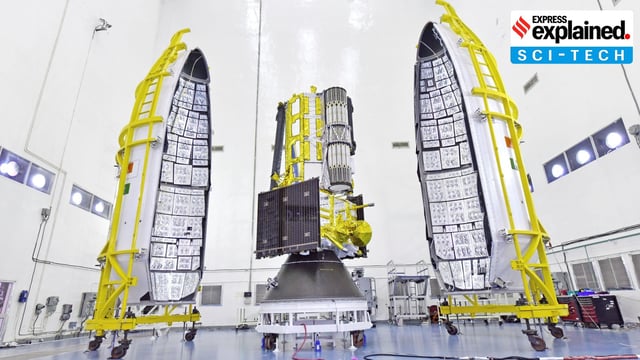Overview
- NISAR lifted off aboard GSLV-F16 on July 30 and achieved a 740 km sun-synchronous polar orbit on schedule.
- The satellite has entered a 90-day in-orbit commissioning period during which its dual-frequency L-band and S-band radars and SweepSAR mode will be calibrated.
- Once operational, NISAR will scan global land and ice surfaces every 12 days, detecting surface deformations as small as one centimeter over a 242 km swath.
- ISRO and NASA have committed to open data access, releasing NISAR observations publicly within one to two days and in near real time for urgent disaster-response needs.
- Developed over more than a decade with over $1.5 billion in joint funding, NISAR marks the first GSLV mission into a sun-synchronous orbit and strengthens NASA-ISRO collaboration.



